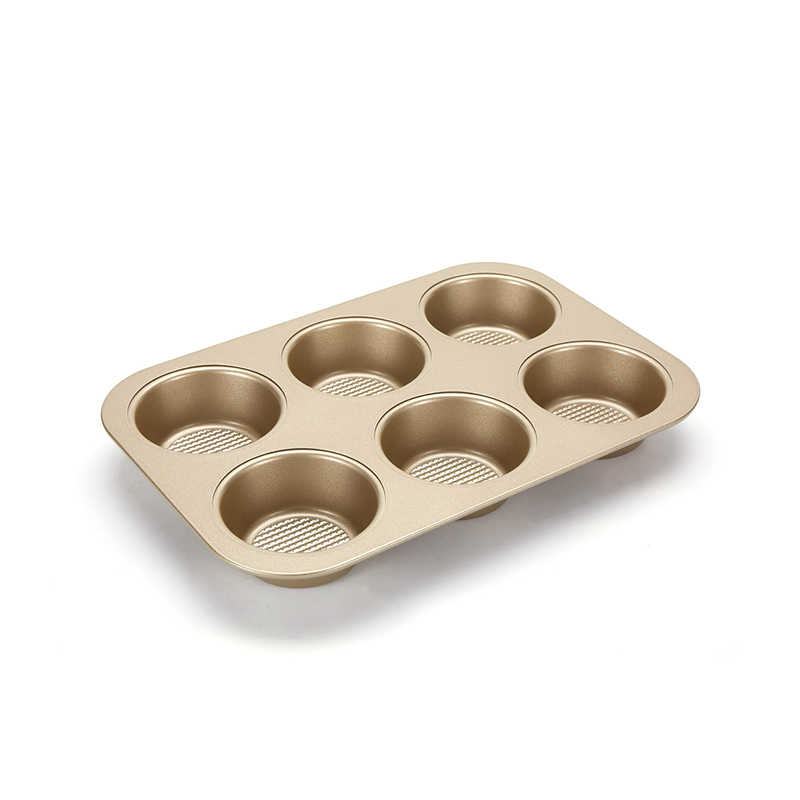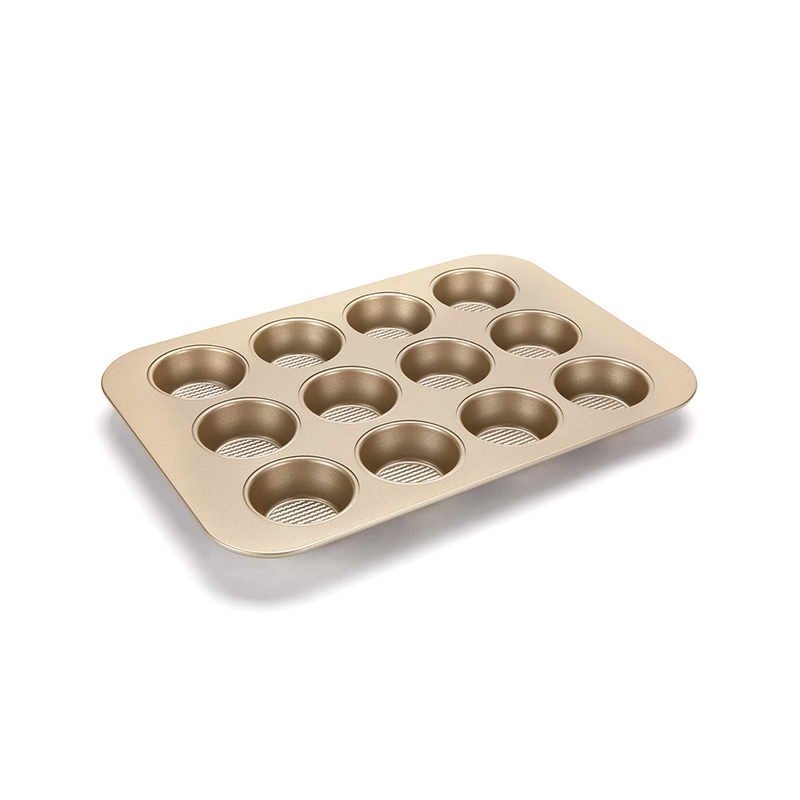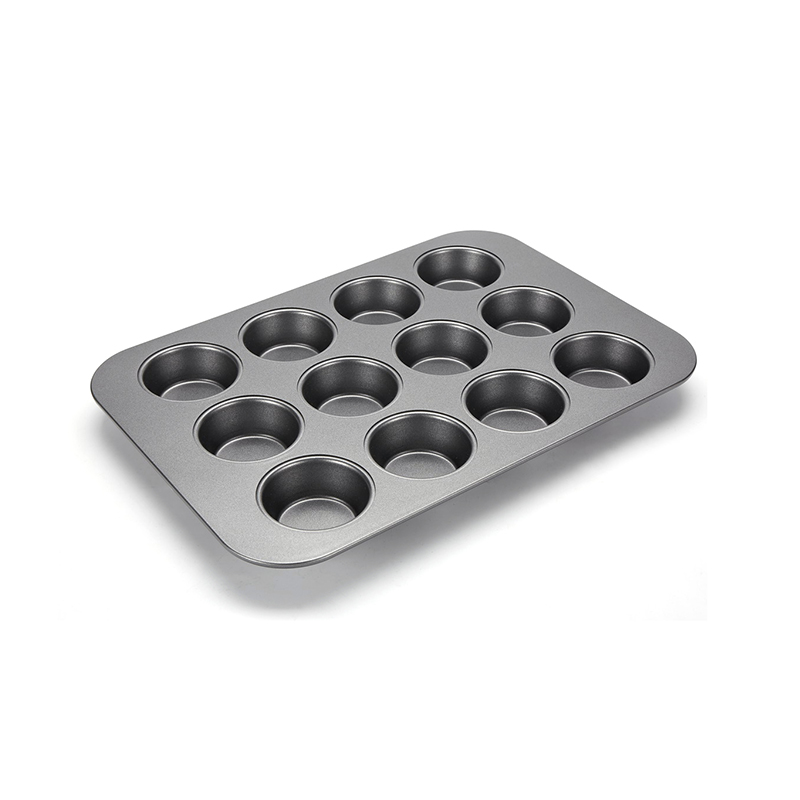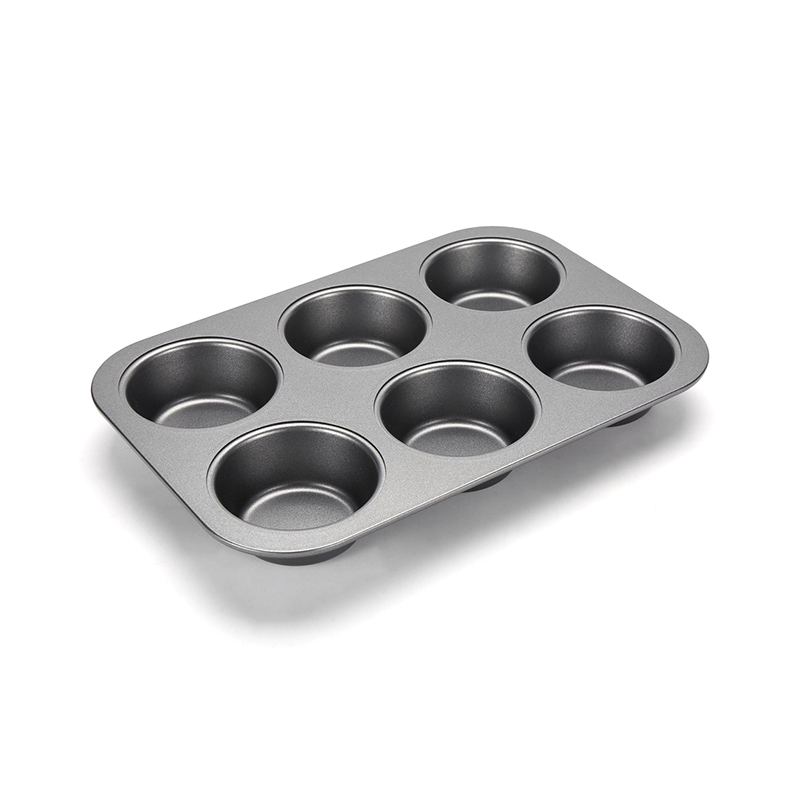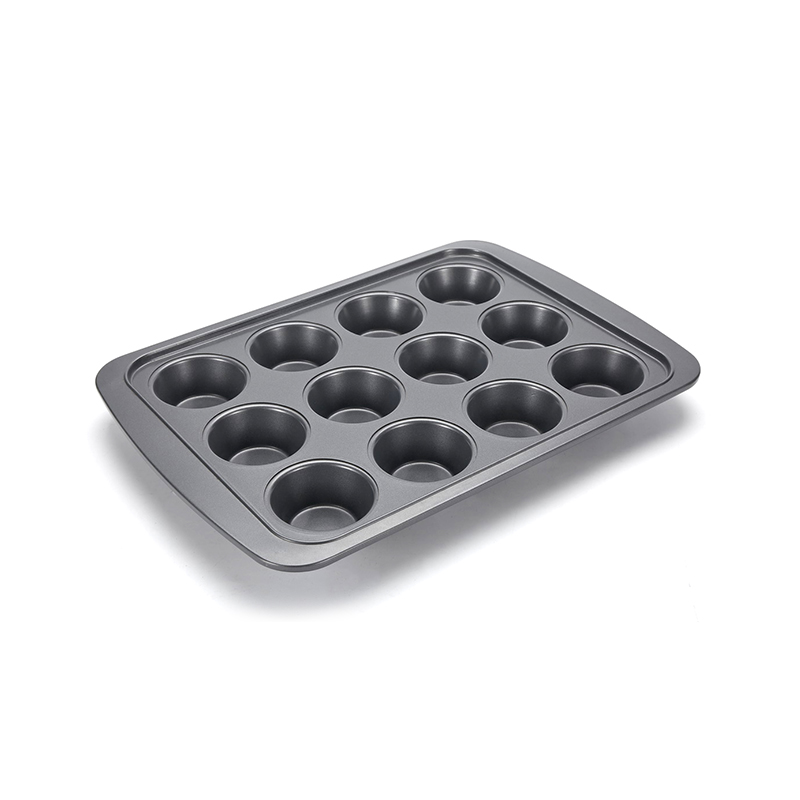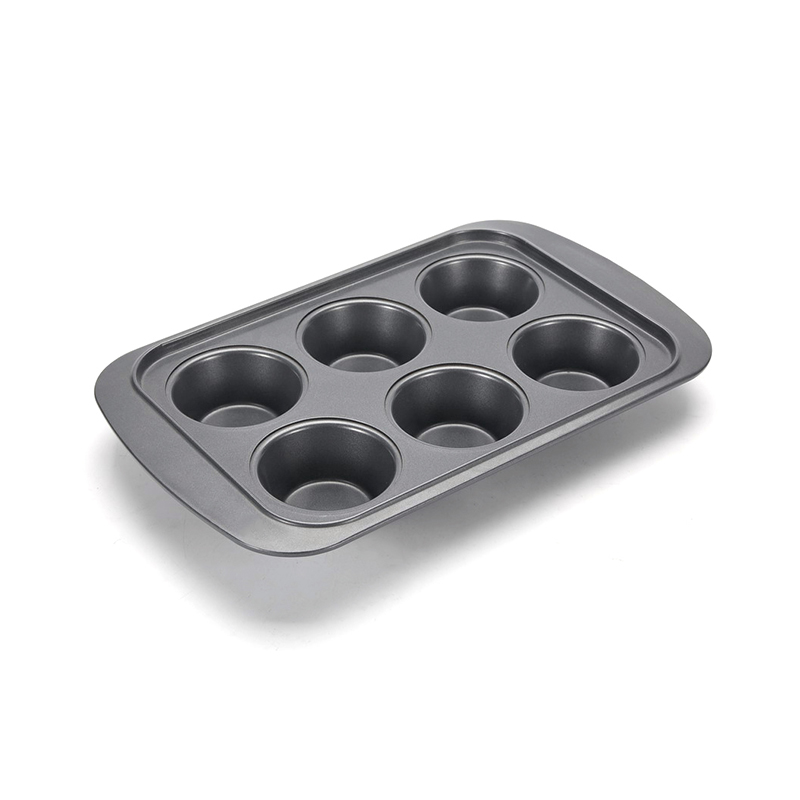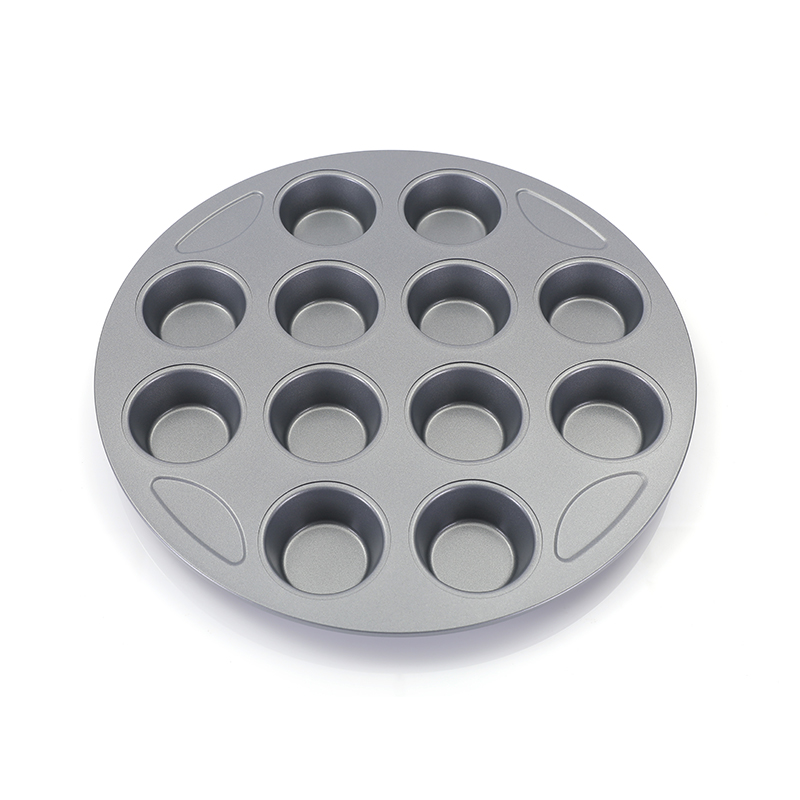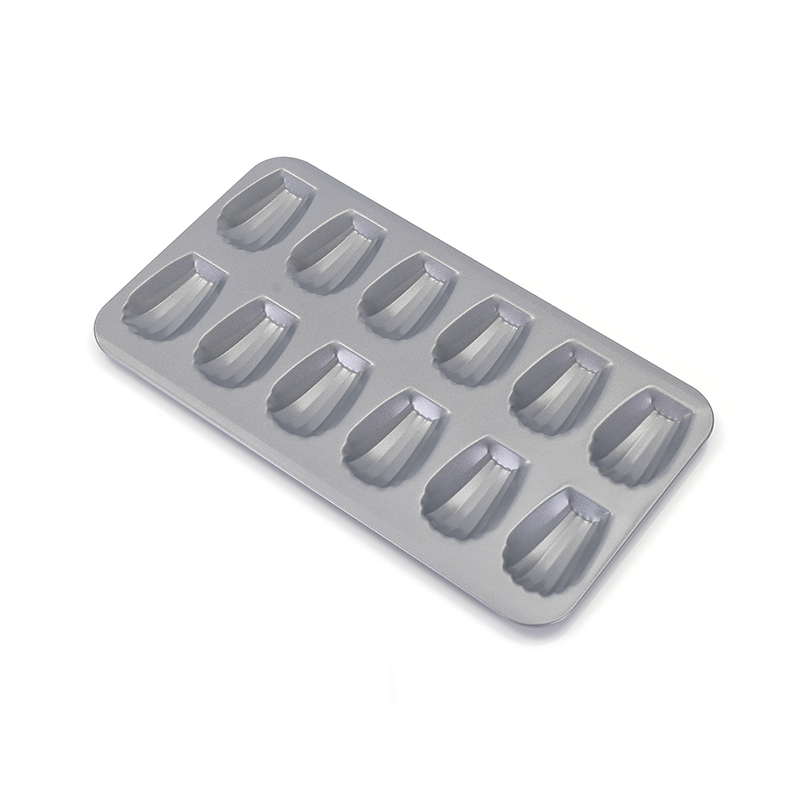Mini bundt cakes are as charming as they are delicious, but anyone who has used mini bundt baking pans knows the struggle of getting those intricate cakes out in one piece. With their decorative ridges and detailed curves, these pans are known for creating stunning individual desserts—only if the cakes come out cleanly. Fortunately, with the right techniques and a few tried-and-true tips, you can enjoy beautifully shaped mini cakes without the frustration of sticking or breaking.
Whether you're a beginner baker or a seasoned pro, mastering the art of cake release is essential when working with mini bundt baking pans. These pans are uniquely designed to make small, decorative cakes that mimic traditional bundt shapes, and their intricate molds are part of what makes them appealing. However, these same features can also cause your cakes to get stuck if not handled properly.
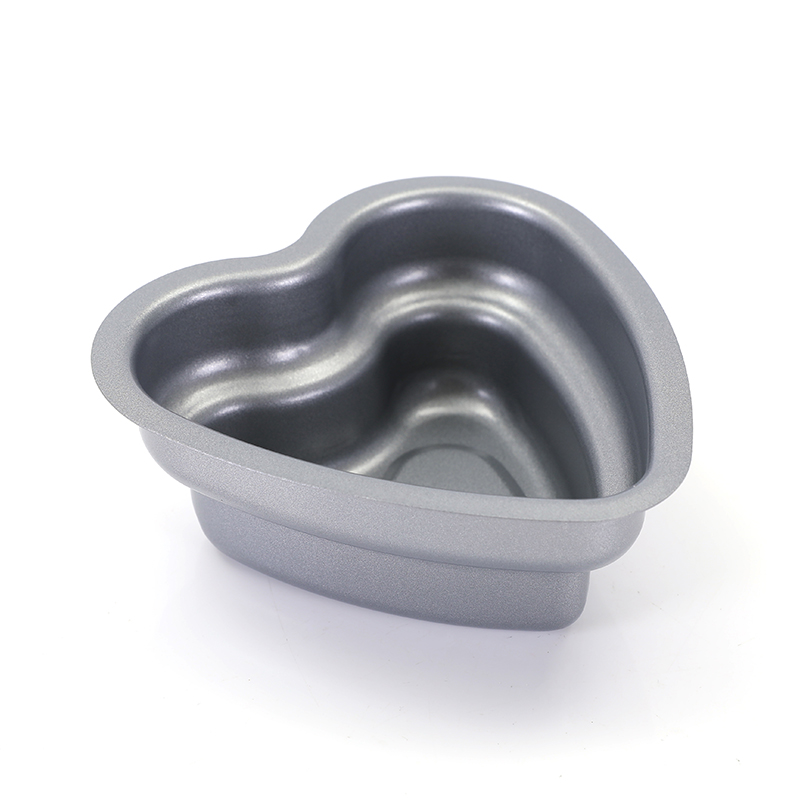
and most important step to successful baking with mini bundt baking pans is proper greasing. Unlike flat or smooth mini cake baking pans, bundt-style pans have nooks and crannies where batter can easily cling. To combat this, always use a pastry brush to coat every surface thoroughly with butter or shortening. Follow up with a dusting of flour, tapping out any excess to avoid clumps. Some bakers prefer using a baking spray that includes flour, which can work just as effectively when applied generously.
Choosing the right batter also matters. Thicker batters tend to hold their shape better and reduce the risk of breaking when released from mini cake bundt pans. Lighter batters may rise and fall in the detailed sections, making release trickier. If you're experimenting with new recipes in your mini cake baking pans, do a test batch to see how the batter behaves.
After baking, patience becomes your friend. While it's tempting to flip your mini cake bundt pans over immediately, allowing the cakes to cool in the pan for about 10–15 minutes is essential. This resting period helps the cakes set slightly and contract from the pan's edges, making release smoother. However, don't let them sit too long, or they may become damp and more prone to sticking.
When you're ready to release the cakes, gently run a small rubber spatula or plastic knife around the outer and inner edges of each mold. Avoid metal tools, as they can scratch the surface of your mini bundt baking pans and damage their non-stick coating. Once the edges are loosened, place a wire rack or a flat tray over the top and invert the pan confidently but carefully.
Tapping the inverted mini cake bundt pans lightly can help coax stubborn cakes out. If some remain stuck, return the pan upright and place a warm towel over it for a few minutes. The steam can loosen the cakes naturally, allowing you to try again without damage.
Cleaning your mini cake baking pans after use is also key to long-term success. Residual crumbs and oil can build up over time, affecting the performance of even non-stick pans. Hand wash them with warm water and a soft brush—skip the dishwasher unless the manufacturer explicitly says it's safe. Clean mini cake bundt pans perform significantly better and reduce the chance of sticking.
Storage matters too. Avoid stacking heavy items on your mini bundt baking pans, as it can warp their shape. A warped pan won't bake evenly and can make cake release unpredictable. Store them flat in a cool, dry area to preserve their structure and coating.
Consider seasoning your pans occasionally. Much like cast iron, lightly oiling and baking your mini cake baking pans empty (at low heat) can create a natural non-stick barrier. This process enhances performance and helps with clean cake release.




 English
English  Deutsch
Deutsch  Español
Español 